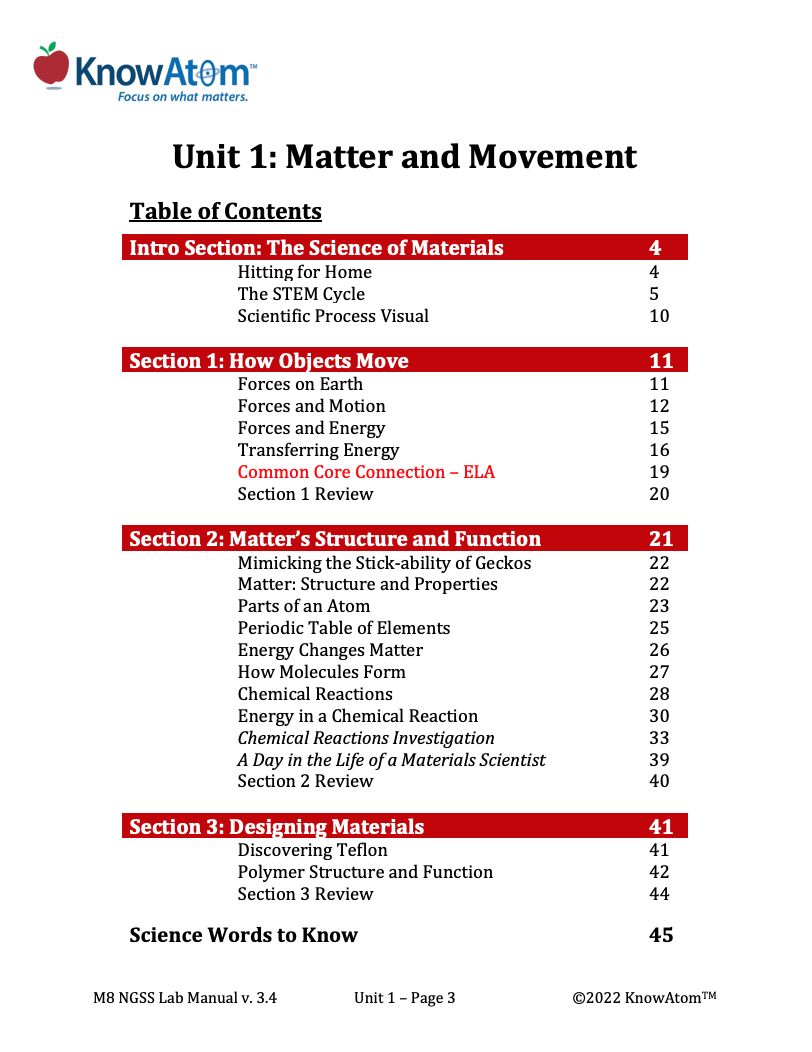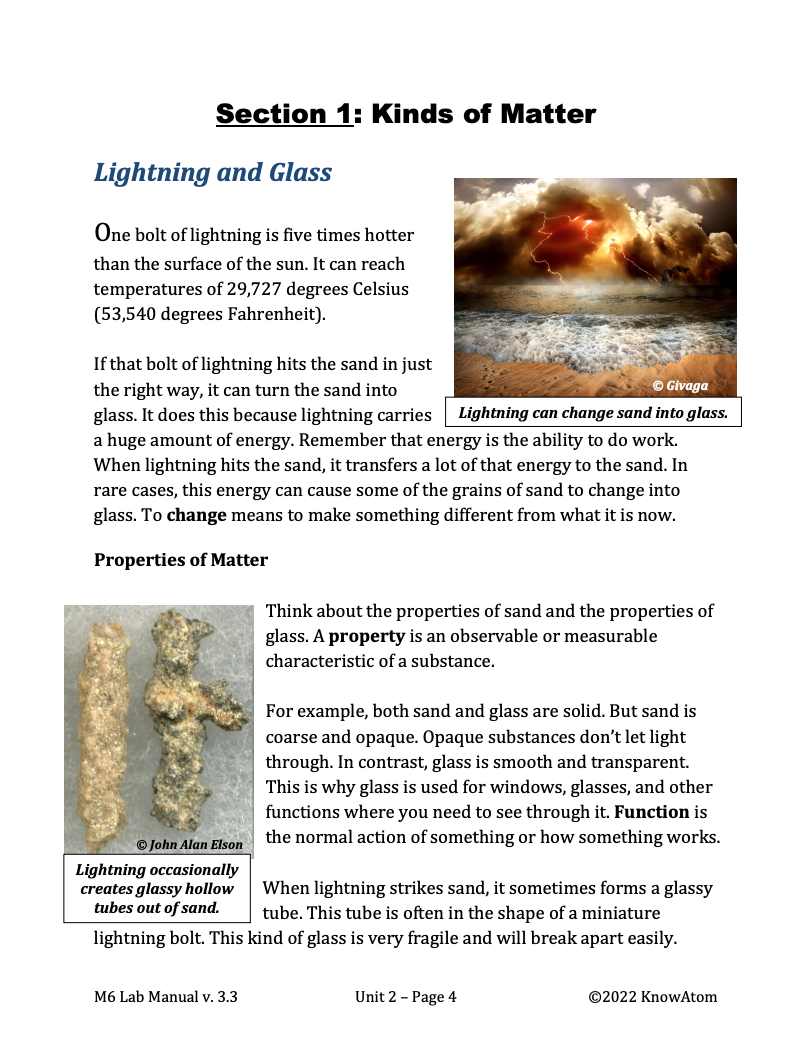.png)
In this unit, students focus on interactions between matter and energy. In this lesson, students figure out the endothermic and exothermic phenomenon of chemical hot and cold packs to analyze matter and energy in different kinds of chemical reactions. This page is a high-level extract of this lesson.
.png)
In this unit, students explore several phenomena that relate to cooking. In this lesson, students evaluate chemical reactions, and use that knowledge to engineer a prototype that transfers energy by chemical processes. This page showcases key components of this lesson.
.png)
In this unit, students use what they know about the relationship between energy and matter to investigate phenomena of how energy powers the cycling of Earth materials. They begin with this lesson on modeling the Earth processes that form different kinds of rock. This page provides an overview of this lesson.

In this unit, students explore the relationship between matter and energy using the phenomenon of material properties to discover why certain materials are useful for a particular function. For this lesson, they focus on the role of energy in changing matter during a chemical reaction phenomena between two substances. This page is a high-level extract of this lesson.

In this unit, students build on their knowledge of energy by exploring the relationship between energy and matter. In this lesson students conduct an investigation into the science phenomenon of how energy is transferred in an endothermic reaction. This page provides an overview of this lesson.
Standards citation: NGSS Lead States. 2013. Next Generation Science Standards: For States, By States. Washington, DC: The National Academies Press. Neither WestEd nor the lead states and partners that developed the Next Generation Science Standards were involved in the production of this product, and do not endorse it.
